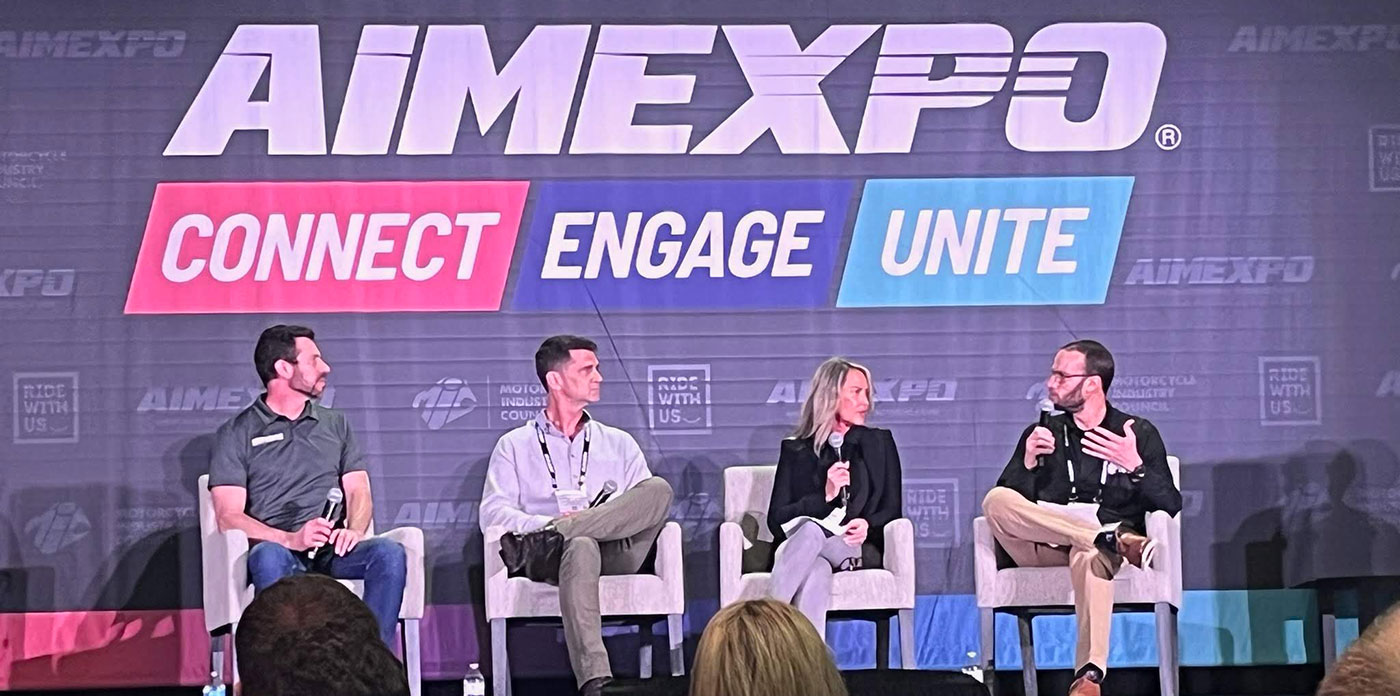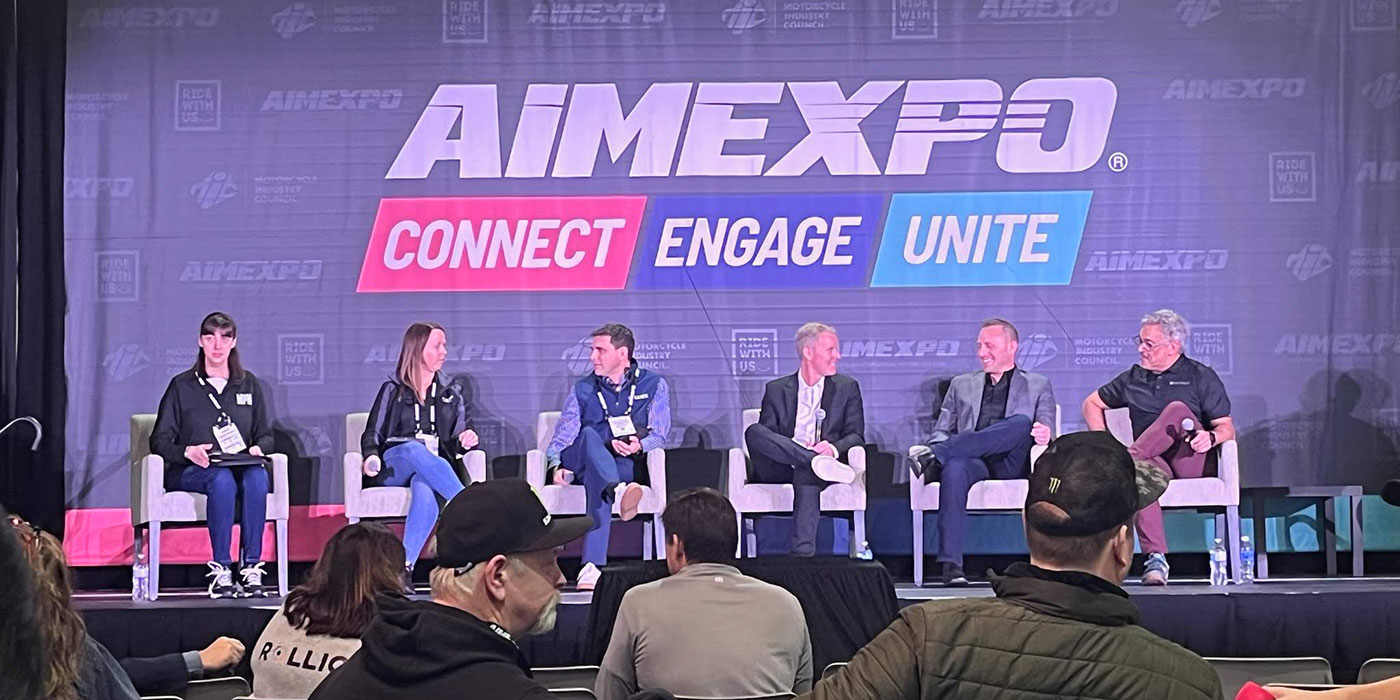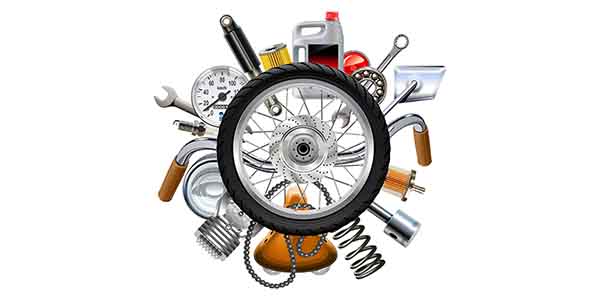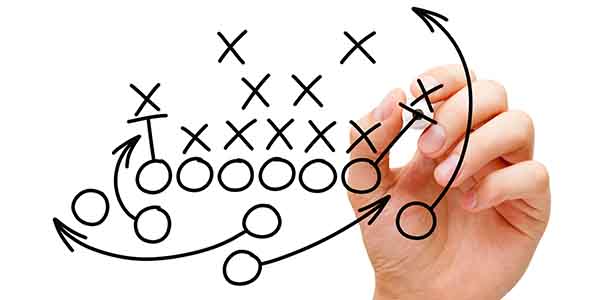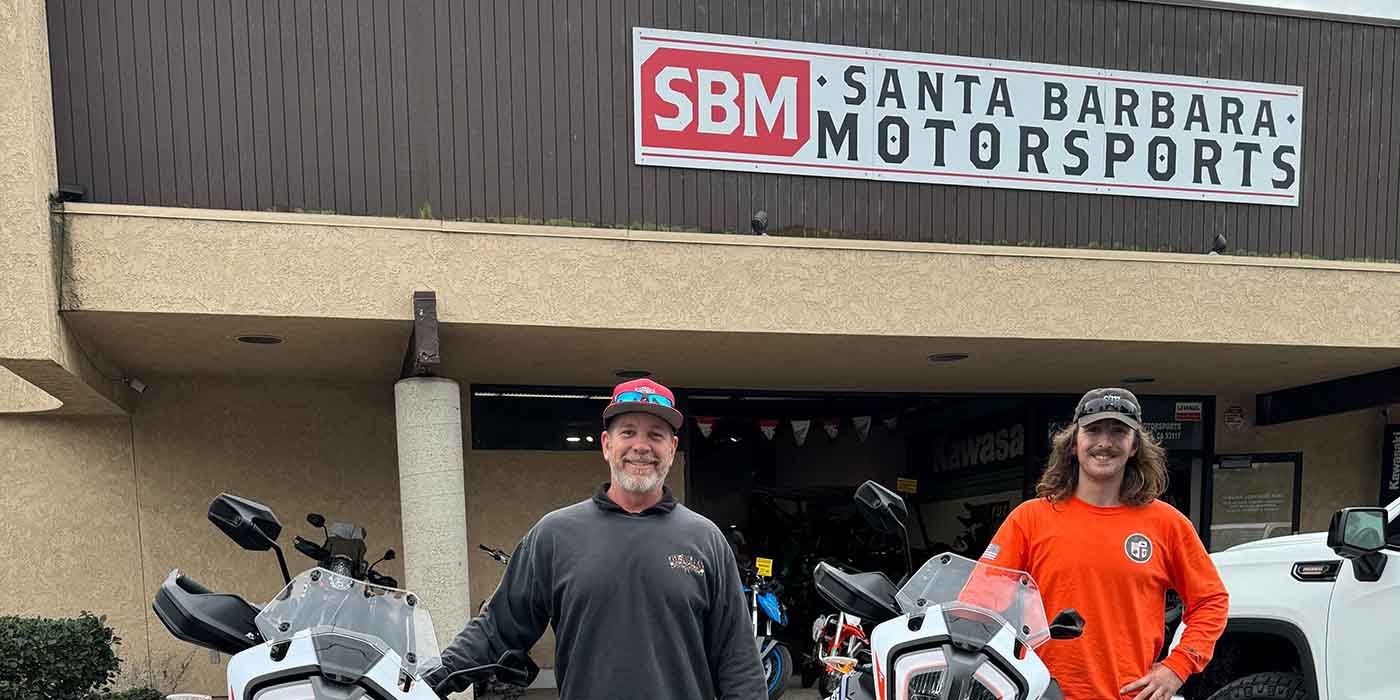The 80/20 Rule (also known as the Pareto principle) asserts that about 80 percent of your business should come from 20 percent of your clients. Observationally, it would appear that the 80/20 rule is applicable in the finance and insurance office, but that isn’t necessarily a good thing.
Let’s look at a few ways this rule could be applied in most F&I offices and ask the questions that would help you to recognize if the rule could be broken with some minor adjustments.
80/20 Rule #1: Eighty percent of your profits come from 20 percent of your products.
• Do you try and make all your profit from rate mark-up or do you spread the chargeback risk by diversifying your product offerings?
• Do you have a full complement of F&I products?
• Are you carrying at least five viable products? Examples could include ESCs, PPMs, tire and wheel, theft, GAP or maybe even a paint sealant.
• Do you use a customer interview prior to the menu presentation to determine what the customer needs the most?
• Do you review your F&I log daily, weekly and monthly looking for trends and then try and adjust the presentation of products you are not doing well with?
If the answer to any of the above is no, why or why not?
80/20 Rule #2: Eighty percent of the success in the finance and insurance office depends on what the sales department does 20 percent of the time.
• Does your sales department always use a four-square or similar document to set the customer’s expectations when it comes to down payment money and monthly payment expectations?
• Does your sales department leave room in the payment box by not giving away the entire rate and extending to the greatest term length when estimating monthly payments?
• Does your sales department set the customer’s expectations or do they ask the customer how much they want to put down?
• Does your sales department give away the available finance program information?
• Does your sales department talk too much about warranties?
• Does your sales department allow you the opportunity to interview every customer immediately after the deal is made on the vehicle?
• Does your sales department get compensated for the performance of the finance and insurance office?
• Does at least 20 percent of your sales manager’s compensation plan come as a result of F&I performance?
If the answer to any of the above is no, why or why not?
80/20 Rule #3: Eighty percent of your profits come from 20 percent of the time you spend working.
• Do you review your F&I log weekly or monthly to look for missed sales opportunities?
• Do you chase those opportunities down to try and sell them a product one more time?
• Do you spend time each week looking for new lending sources for both premium and challenged customers?
• Do you spend time training the sales department on what you want them to say to a customer?
• Do you spend time training the sales department on what you don’t want them to say?
• Do you spend time role-playing a customer interview or menu presentations every day?
• Do you take the time that is necessary with each customer to exhaust all of the objection rebuttals you have ever learned?
If the answer to any of the above is no, why or why not?
80/20 Rule #4: Eighty percent of F&I managers will only do 20 percent of the best practices mentioned in this article.
• Do you see the reasons all of the questions above are important?
• Do you want to be an A-player in this game?
If you answered no to any of these questions, why the heck not?


